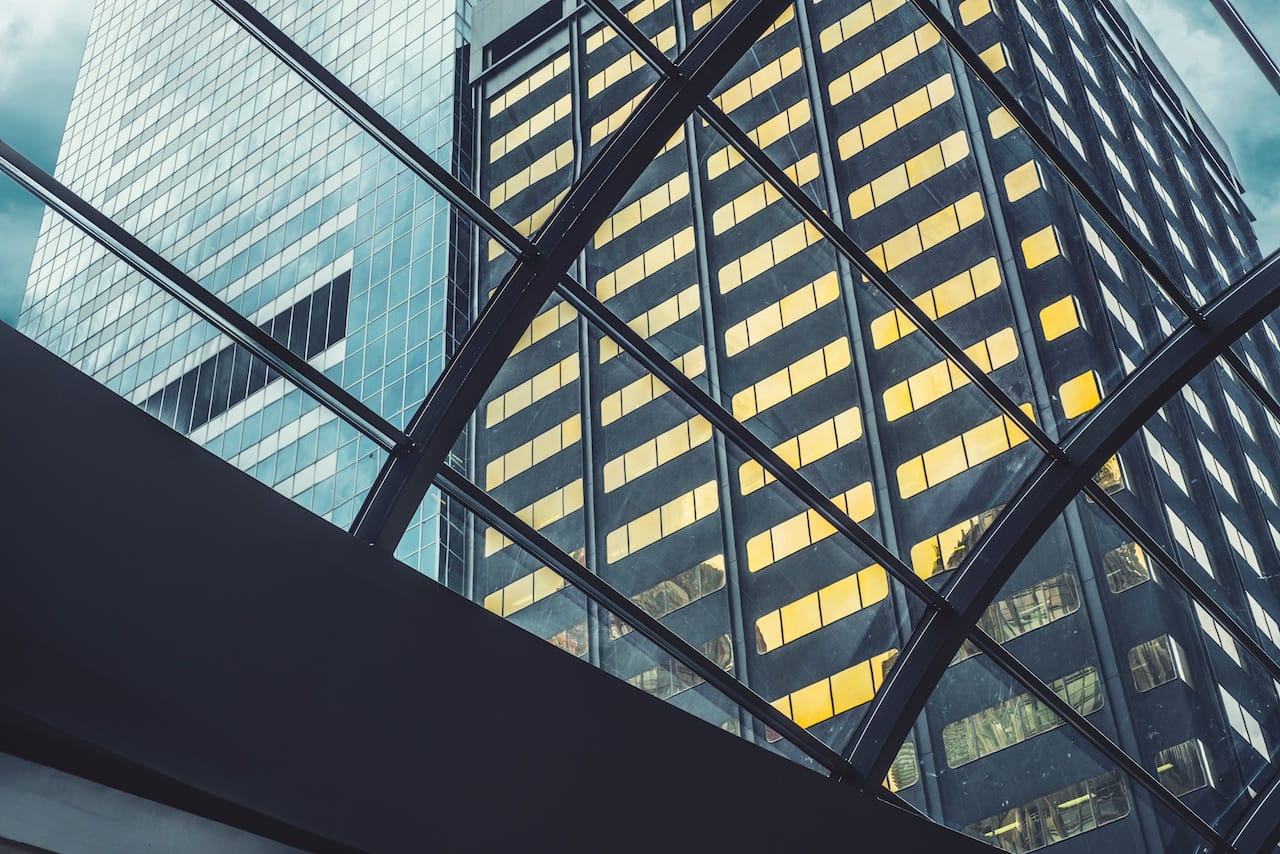
I’ve been skeptical of attempts to 3D print buildings for years, although many have attempted to do so.
It’s not that the technology hasn’t worked, although often it does not. There are some cases where building-sized 3D printers actually achieve their modest goals.
My objections have largely been around two factors.
Cost: The price of materials and printing can exceed traditional approaches, rendering the method financially infeasible for anyone considering using it “for real”.
Incompleteness: Virtually all 3D printed building approaches involve 3D printing just the walls. There is almost never any mention of: plumbing, electrical, surface finishes, doorways, flooring, HVAC, windows, roofing or other essential elements. I want to live in a 3D printed home, not a 3D printed cave.
One semi-successful 3D printed apartment project in the Philippines got off to a good start, but did not end well.
Those challenges aside, I do believe there are some obscure reasons why an appropriately set up 3D printing building system might have a chance at succeeding.
Labor Force: In many jurisdictions, there are troubles with the local building labor force. Builders may be inefficient, produce errors that must be taken down and rebuilt or they may simply not show up on time. A robotic building system would eliminate labor challenges and provide a very predictable way to reliably and efficiently erect a building.
Corruption: We’ve all heard stories of corruption in the construction industry. Substandard components used, extra fees to be paid to someone, unnecessary delays and other aggravating barriers to completing a project. A robotic system could reduce the opportunity for such things to occur, although it is possible your 3D building printer might still get kneecapped overnight.
Speed: A robotic building system could theoretically construct a building faster than humans could do so, particularly with less error. The Philippines experiment showed that projects could be completed in days instead of months. That translates into monday saved and elapsed time reduced, both attractive to buyers.
Unusual Features: The worst use of a 3D printer is to build the same things you already have. The best use is to build things you can’t make with other approaches. So far this has largely not been the case with 3D printed buildings, but once appropriate machinery emerges, designers can go to town creating very unusual and personalized structures that would not otherwise be possible.
24 Hour Operation: A robotic system doesn’t get paid overtime or double-time if working overnight, unlike pesky humans. Current projects tend to be built only during daytime when light is available and costs are lower, delaying the completion dates. A robotic system could work ceaselessly (barring weather and lack of input materials) to complete projects literally as fast as possible. That is one of the goals of every construction project manager, who I assume would be very interested at this prospect. Yes, machines could require periodic maintenance, but then you can simply swap in a second machine to take over.
Scalability: If a robotic building system works and is profitable, what’s stopping you from getting another? And another! There is never a labor shortage, as you could theoretically deploy building machines as fast as you can acquire them.
I remain optimistic about 3D building printers, and hope that one incorporating realistic features can be developed soon. If so, it can capitalize on all those factors.

